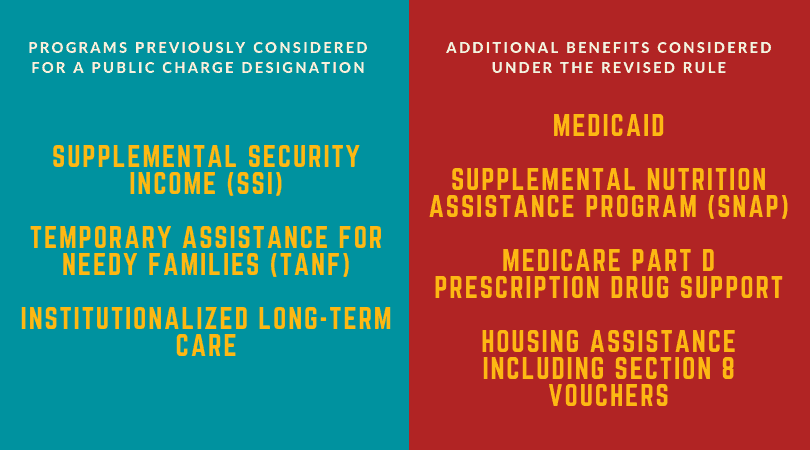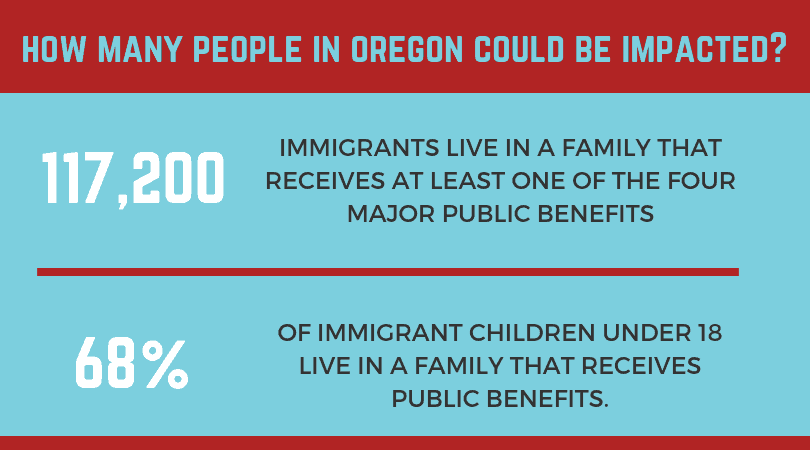
Prioritizing Children is Oregon’s Path to a Brighter Future
Oregon’s children and families face immediate challenges in housing and behavioral health that require urgent attention. Underlying these visible crises are hidden traumas often rooted in early childhood experiences.
To create more equitable opportunities now and prevent challenges in the future, Oregon must invest in strategies that support children from prenatal through age five, and their families. Some of this work is underway, including investing in early literacy, Early Intervention/Early Childhood Special Education (EI/ECSE), and supporting the CHIPS Act child care fund.
But Oregon urgently needs to prioritize children prenatal to age five in housing and behavioral health initiatives. Children’s Institute and other childhood advocates urge Oregon leaders to double-down on these efforts so that every child receives the love, care, and education they need.
Early Childhood: A Foundation for Success
We know that early childhood is a critical period for brain development. Investing in children from birth to age five has profound implications for their future success, and the overall wellbeing of our state. Oregon has an opportunity to make sure that young children have what they need to thrive. Focused efforts in several key areas can move Oregon forward:
- Education and early literacy: Invest in early literacy from birth and address funding issues for EI/ECSE services to help bridge achievement gaps and support children with developmental disabilities and delays.
- Cross-agency coordination: Ensure that support for young children is accessible, coordinated, and family-centered across various state agencies, which promotes better governance and more effective outcomes.
- Strategic budget investments: Allocate funds specifically for early childhood initiatives — this can yield high returns on investment, benefiting society and the economy, overall.
Education Initiative Opportunities
Early learning investments are the most cost-effective way to close opportunity and achievement gaps, support families, and strengthen child care availability. The case is strong for early childhood programs, with research showing that for every dollar invested there are double-digit returns. Priorities include:
- Inclusion in preschool and child care: Ensure effective implementation of programs that prevent suspension and expulsion, prioritizing childhood mental health, and resources for children with disabilities.
- Full enrollment in preschool programs: Address under-enrollment in state and federally funded preschool programs to ensure that all eligible children have access to early education opportunities.
- Quality across preschool settings: Enhance support and monitoring for preschool programs and ensure they meet high standards.
- Pathways into the early childhood workforce: Create accessible and equitable pathways for individuals to enter the early childhood workforce.
- Maximize the Child and Adult Care Food Program (CACFP): Maximizing how Oregon uses CACFP funding will help with child care quality, financing, and address food insecurity for children and families.
Behavioral Health Initiative Opportunities
Early relational health—the emotional bond between a baby and their caregiver—is a major factor in a child’s development. Addressing the root causes of childhood trauma and making sure young children receive services at the right time, prevents challenges later in life. Priorities include:
- Expand access to birth and postnatal doula services: Making sure that more moms and babies have access to culturally specific doula services improves health outcomes, especially in reducing health disparities.
- Adopt and implement the social emotional health metric: The birth to five social emotional health metric holds coordinated care organizations accountable to ensure young children have access to proven social-emotional health programs.
- Substance use disorder treatment: Stabilizing and scaling successful programs that integrate prenatal care, behavioral health, and peer support can significantly reduce the need for foster care and improve outcomes for high-risk moms and their babies.
- Create a cross-agency system of home visiting services: Developing a coordinated system of home visiting services supports parent-child relationships and family stability, providing crucial early intervention.
Housing Initiative Opportunities
The effects of homelessness on young children are acute and have lifelong impacts. Safe, predictable housing provides foundational stability. Priorities include:
- Multi-bedroom units in housing developments: Building affordable housing units with multiple bedrooms can accommodate the diverse needs of Oregon families.
- Family-centered housing support: Prioritizing families in housing support strategies, including rent subsidies and shelters designed for family units, can provide the stability needed for healthy child development.
- Co-location of child care and housing: Building child care facilities into affordable and workforce housing can support working families and improve access to early childhood education.
Investing in young children and families is the most important equity and anti-poverty decision we can make. Oregon has an opportunity to prioritize young children, as a cornerstone of its future success. These priorities not only address the immediate crises but focus on building a stronger, more equitable foundation for generations to come.






